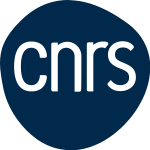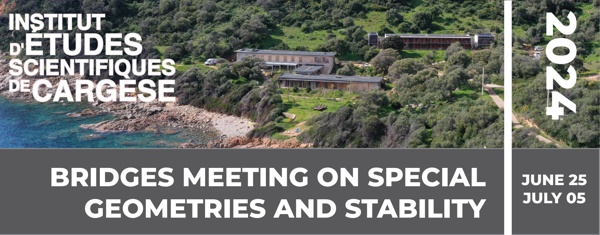Mini-course
Geometric aspects of gauge theory
Ruxandra Moraru (University of Waterloo)
These lectures provide an introduction to gauge theory with a special emphasis on the geometry of moduli spaces of connections.
In mathematics, gauge theory is the study of connections on vector bundles. This involves the construction of moduli spaces of connections whose curvatures satisfy specific differential equations and examining their properties. For example, flat connections, which are connections whose curvatures vanish, correspond to representations of the fundamental group of the underlying manifold. Another important example is given by the Yang-Mills equations, which are a generalisation of Maxwell’s equations to higher dimensions. While finding explicit solutions to these differential equations is interesting in of itself, their moduli spaces have rich geometries that can sometimes be related the topology of the underlying manifold and provide many examples of spaces that admit special structures.
We begin by introducing the basic elements of mathematical gauge theory, namely, connections and their moduli spaces, curvature, and the Yang-Mills equations. We then look at solutions of the Yang-Mills equations, such as instantons in dimension 4 as well as G2- and Spin7 -instantons in dimensions 7 and 8, respectively. We also consider the Hitchin equations, which are a dimensional reduction of the instant equation to dimension 2, and the Vafa-Witten equations, which are a generalization of the Hitchin equations to dimension 4. The Hitchin moduli provide examples of hyperkähler manifolds that have links to many other areas of mathematics, namely, representation theory, algebraic geometry, mirror symmetry and the geometric Langlands program. On the other hand, the Vafa-Witten equations are conjectured to be related to modular forms, and their moduli of solutions give rise to new invariants of 4-manifolds called the Vafa-Witten invariants.
We also discuss the relationship between gauge theory and complex geometry. When the underlying manifold is a complex manifold, Hermitian Yang-Mills connections are solutions of the Yang-Mills equations that correspond polystable bundles via the Kobayashi-Hitchin correspondence. This correspondence often provides a lot of information about both instantons and polystable bundles. For instance, an immediate consequence of this correspondence is that instanton moduli spaces on hyperkähler 4-manifolds are themselves hyperkähler. It also links solutions of the Hitchin/Vafa-Witten equations to Higgs and Higgs/Witten bundles, whose moduli spaces can be studied using algebra-geometric techniques. We provide examples of such moduli.
If time permits, we also discuss generalized connections and generalized holomorphic bundles in generalized complex geometry, and we explain how these are related to classical gauge theories when the underlying manifold is symplectic, complex or bi-Hermitian.








